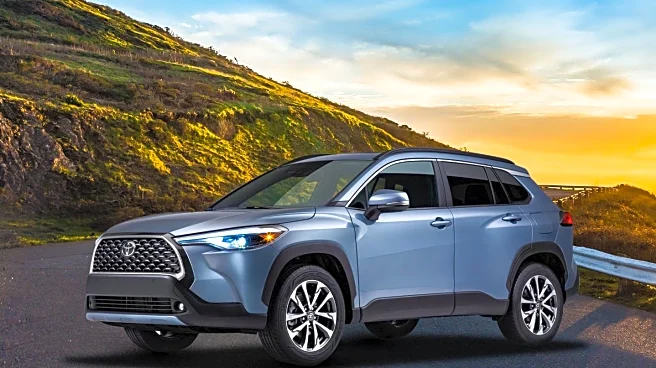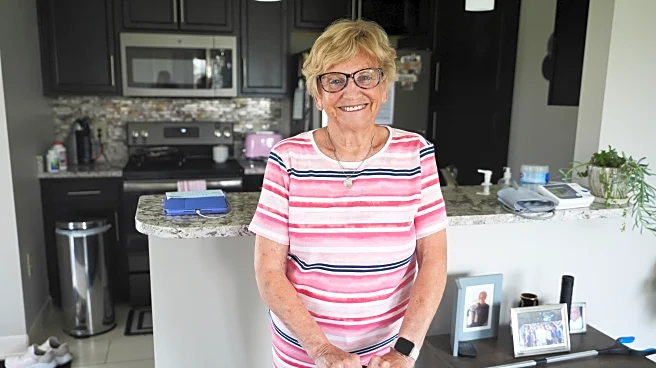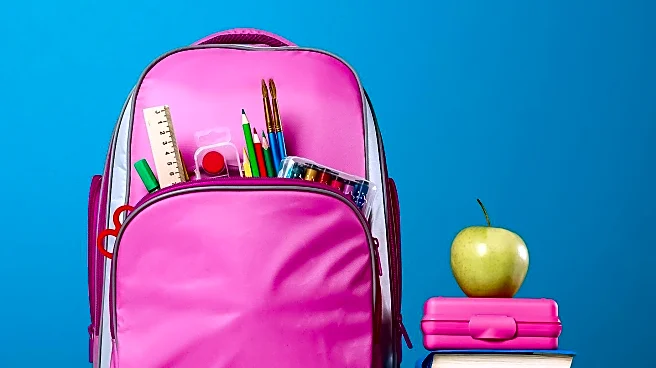What's Happening?
A viral video has sparked debate over the practicality of the Toyota RAV4 as a family vehicle. Brit and Austin, a couple who purchased the RAV4, shared their experience on TikTok, highlighting the lack of backseat space when accommodating a rear-facing car seat. The video, which has garnered over 3.5 million views, shows Austin sitting uncomfortably in the passenger seat due to the space taken up by their baby's car seat. This issue is common among compact SUVs, which often promise ample cargo space but fall short in accommodating bulky car seats. The couple's experience has resonated with many parents who face similar challenges with compact SUVs.
Why It's Important?
The discussion around the Toyota RAV4's suitability as a family car underscores the importance of vehicle space and design in ensuring child safety. Rear-facing car seats are recommended by leading health organizations for their ability to protect children in the event of a crash. The lack of adequate space in popular compact SUVs like the RAV4 can compromise this safety feature, prompting parents to reconsider their vehicle choices. This issue highlights the need for car manufacturers to address the spatial requirements of modern families, potentially influencing future vehicle designs and marketing strategies.
What's Next?
As the debate continues, car manufacturers may face increased pressure to design vehicles that better accommodate family needs, particularly in terms of backseat space for car seats. Consumers might start prioritizing vehicles with more spacious interiors, leading to shifts in market demand. Additionally, Brit and Austin's viral video could prompt further discussions among parents and safety experts about the best practices for choosing family vehicles, potentially influencing consumer behavior and industry standards.
Beyond the Headlines
The viral nature of Brit and Austin's video reflects broader societal trends in how consumer experiences are shared and influence public perception. The couple's story not only highlights practical concerns but also taps into cultural narratives about family life and the challenges of balancing safety with convenience. This incident may encourage more transparency and dialogue between consumers and manufacturers, fostering a more informed and engaged consumer base.














